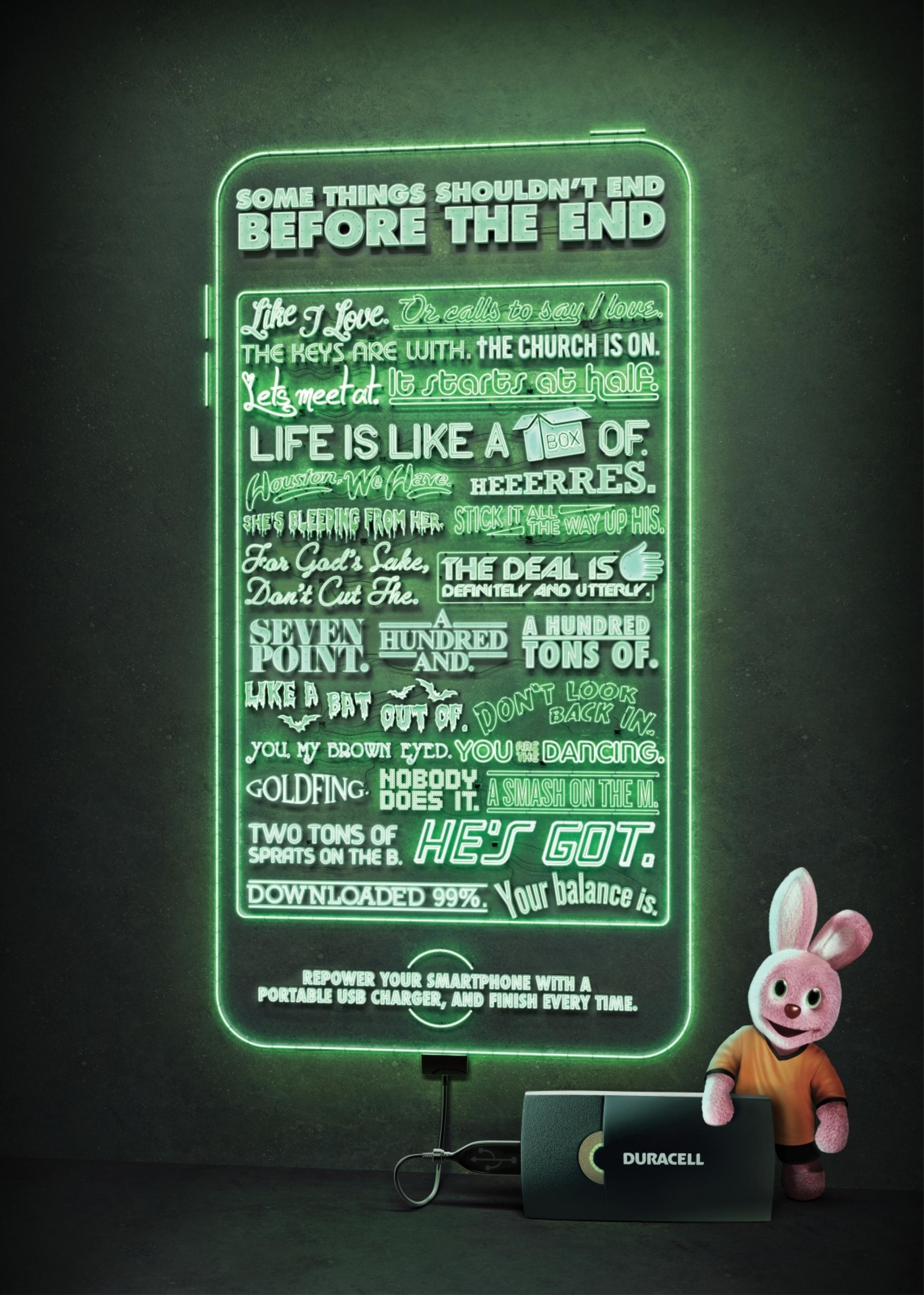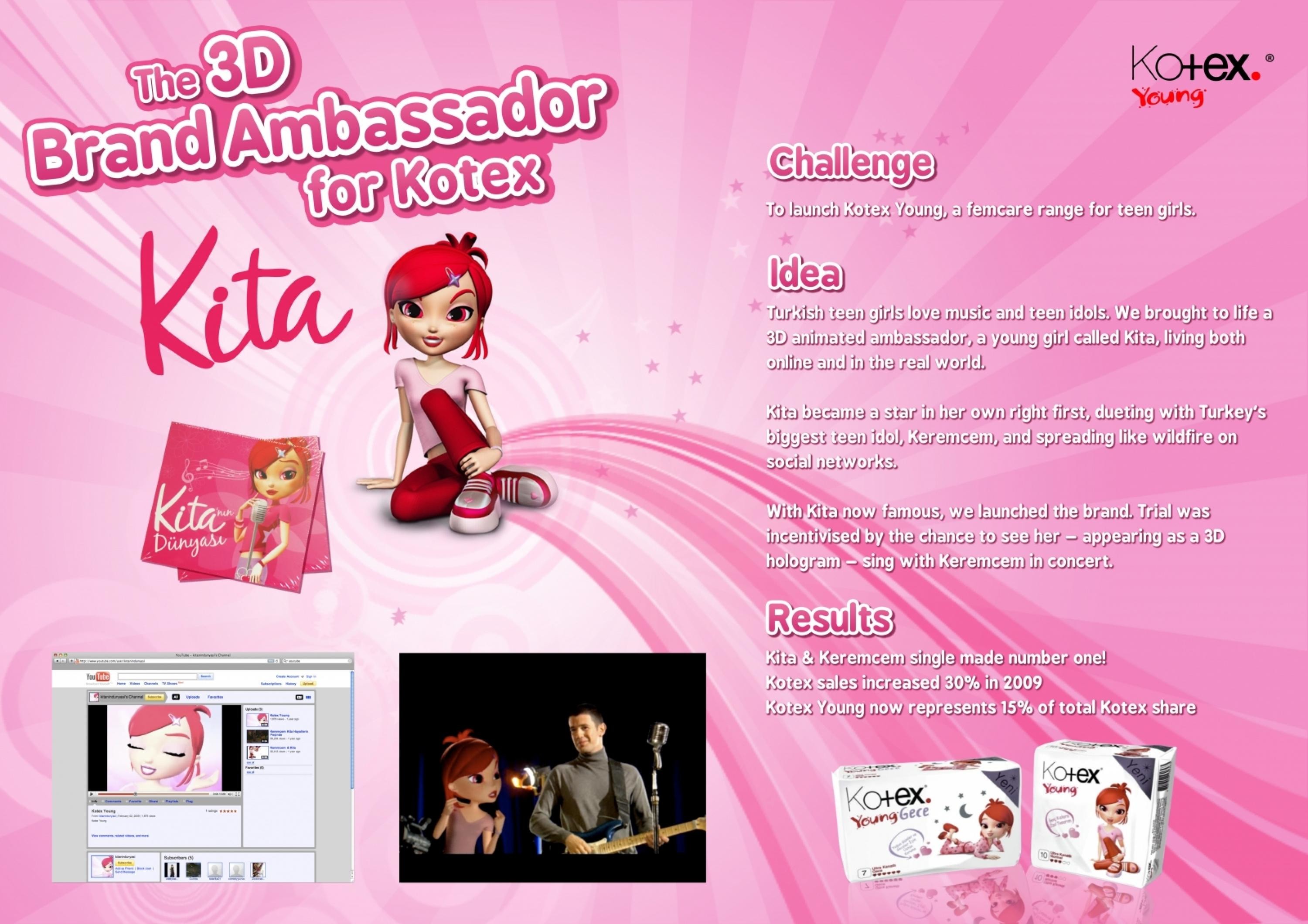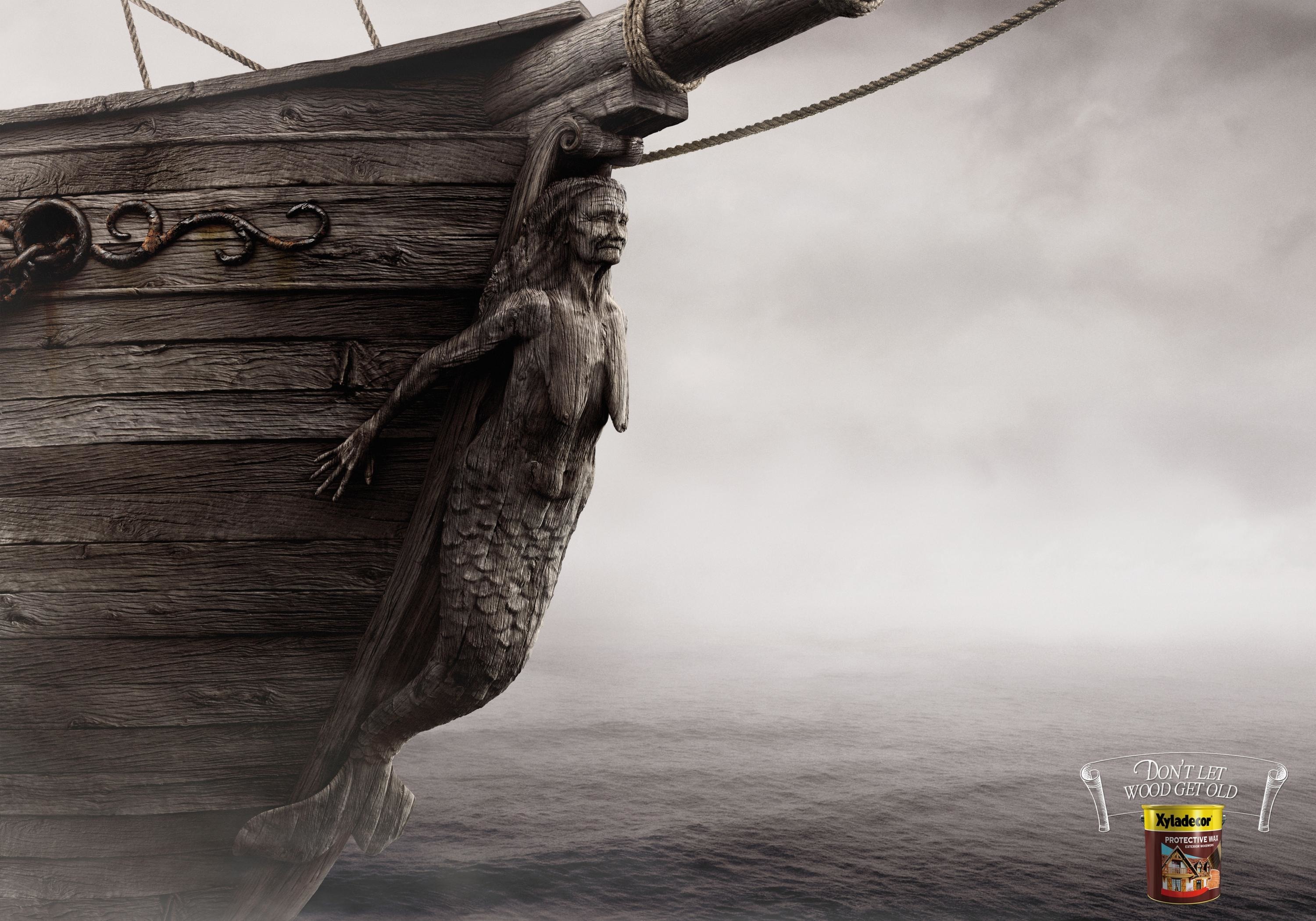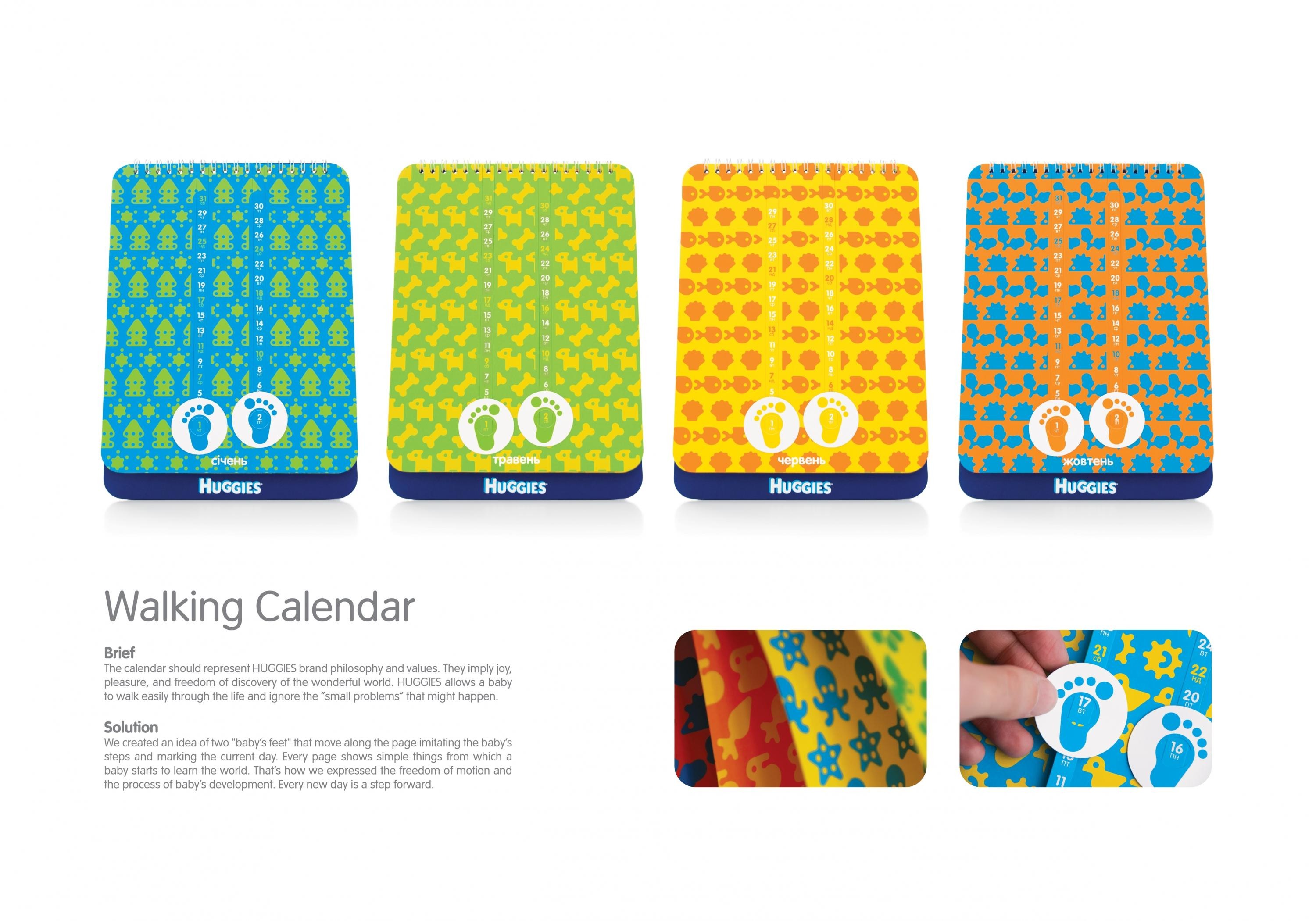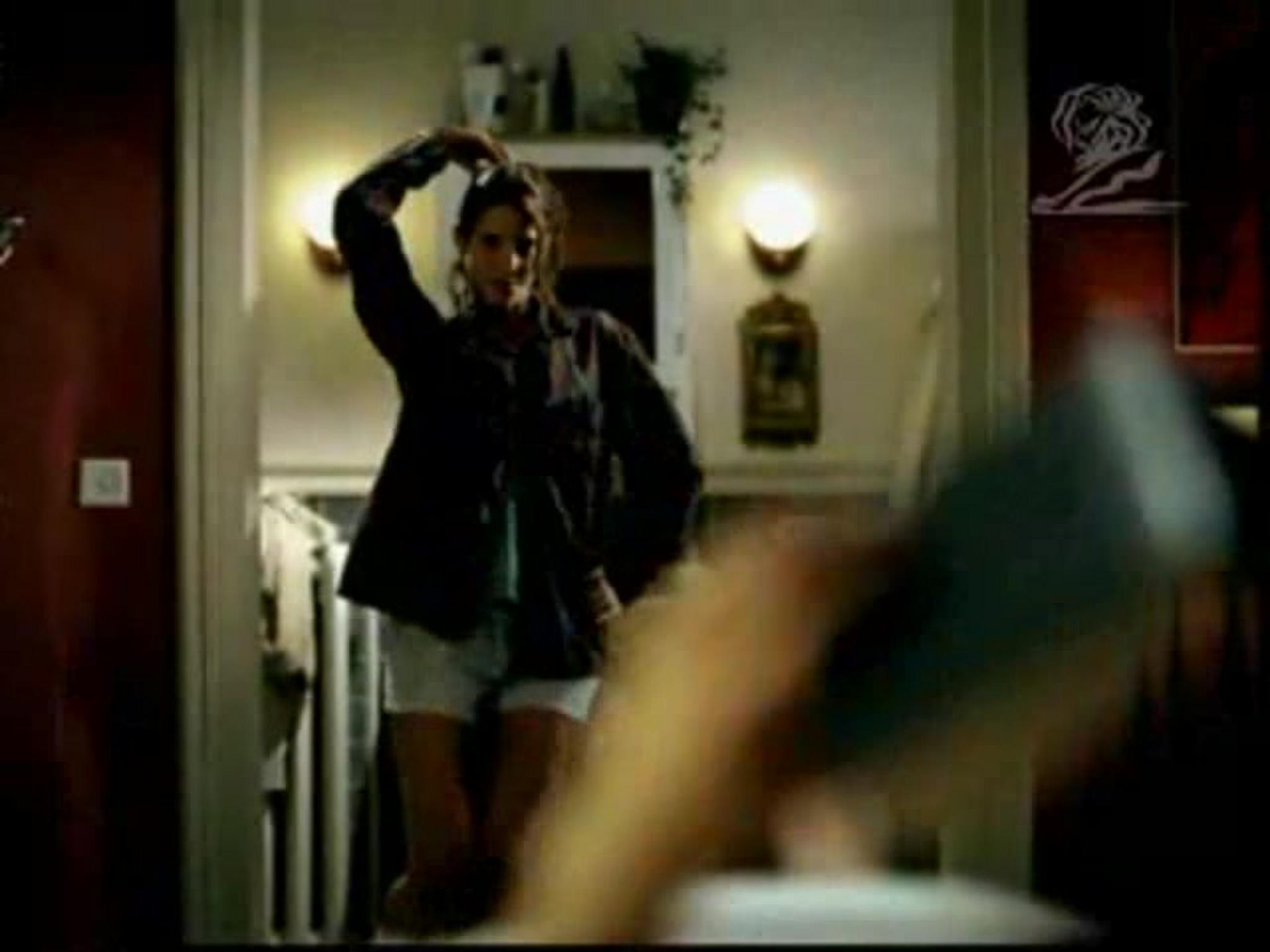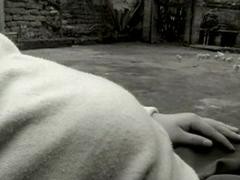Cannes Lions
Where is the Bathroom?
R/GA, Sao Paulo / KIMBERLEY CLARK / 2023


Overview
Entries
Credits
Overview
Background
According to Unicef, 4.5 billion people lack access to basic sanitation (89 million in Latin America). A crisis that stands in the way of health, safety and dignity.
In 2015, in partnership with NGOs such as Water For People and WaterAid, Kimberly-Clark launched “Toilets Change Lives”, a global program that provides resources to bring sanitation services, access to clean drinking water, and hygiene education to some of the most vulnerable communities in countries around the world.
And while the company has been doing this for several years, helping over 5 million people in the region alone, they wanted to raise even more awareness and donations for the cause.
Idea
With statistics so high and a problem so unimaginable, we decided that in order to raise awareness it would be more impactful to have people experience it instead. So, we listed a very “special” apartment for sale. The place had everything, well, everything except a bathroom.
People who were interested in buying the apartment could either take a virtual tour online or book an appointment with a realtor to see it in person.
And once anyone started looking around, invariably they would all end up asking the same question, “Where is the bathroom?”
At which point we explained, much to their surprise, that the unit didn’t have one. Followed by the even more surprising fact, that 89 million people in Latin America don’t have bathrooms either. Allowing the impact to truly set in for people, that something so essential… could be so taken for granted.
Strategy
According to Stanford University, experiences are 22 times more memorable than facts. Particularly facts that are either unrelatable or unfathomable. So, rather than try to raise awareness by sharing the unbelievable statistic that 89 million Latin Americans don’t have access to a proper bathroom, we decided to have people experience it instead.
But to truly generate awareness, we needed the message to spread beyond the people who actually visited the apartment. So, we documented everything in an online video, which we then shared across different channels to help further drive scale, awareness and donations.
Execution
First, we took over an apartment and built walls to hide all of the bathrooms. Then, we hid cameras and sound equipment throughout, before listing the apartment online. There, on the website, people could virtually tour the unit and even schedule a visit to see the apartment in person.
Then, we documented everything and edited it into a film to be shared across social channels for greater scale and impact. We also invited influencers to the apartment, so that they could share the initiative with their followers as well. And everything was supported by press efforts across LATAM.
Several different audiovisual assets were created from the experience, used across different platforms, and to reveal the reason behind this apartment’s existence, and the shocking statistic behind it.
Additionally, viewers were encouraged to share, donate and join Kimberly-Clark’s efforts to tackle this problem.
Outcome
We reached over 12 million impressions in Costa Rica and El Salvador (which was our primary target). However, the campaign crossed borders and reached over 30 millions impressions throughout Central America.
The campaign was also shared by over 35 media outlets, not only in the region but in North and South America as well.
We had an overwhelming positive response in our social media channels, with 99.6% positive reactions on YouTube.
We connected like never before with a younger audience 18-24, with a 1152% increase.
And finally, the biggest news show in Costa Rica (Telenoticias7 in Teletica7) showcased the campaign.
Similar Campaigns
12 items
